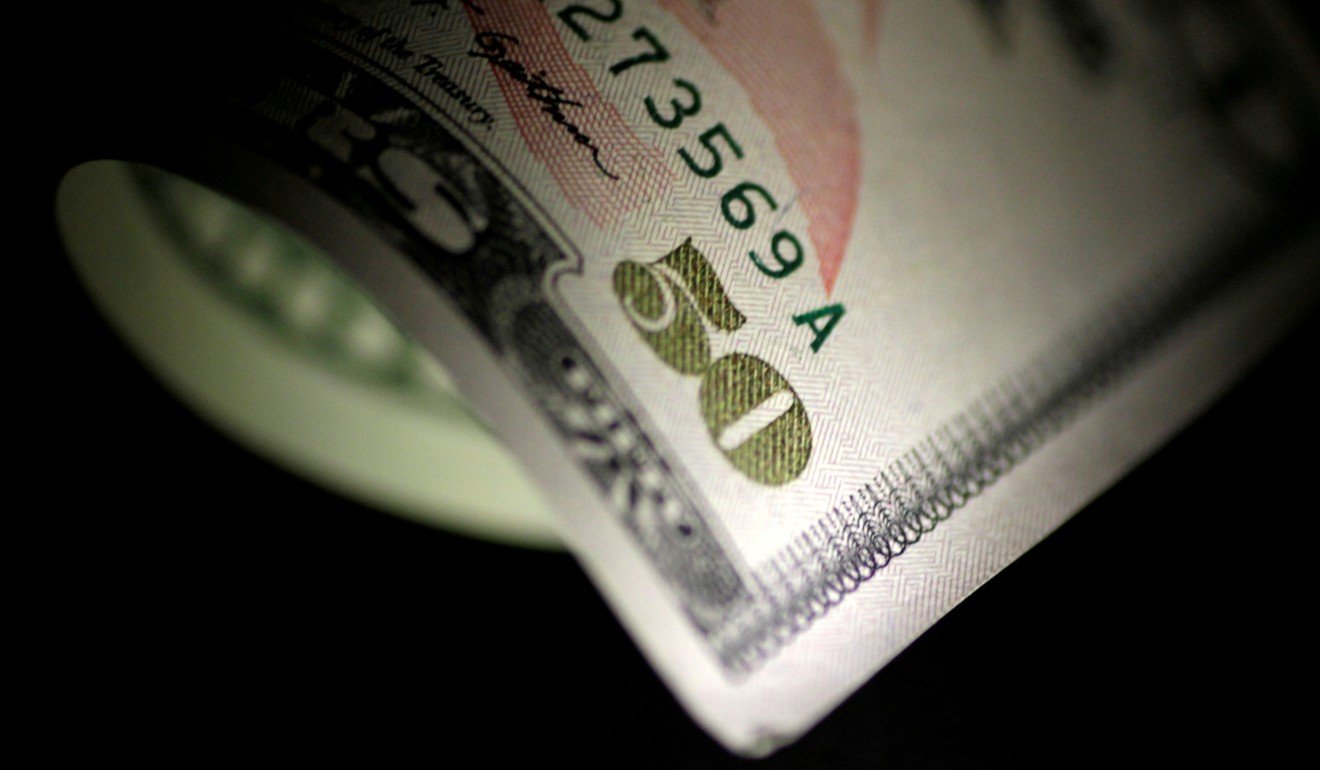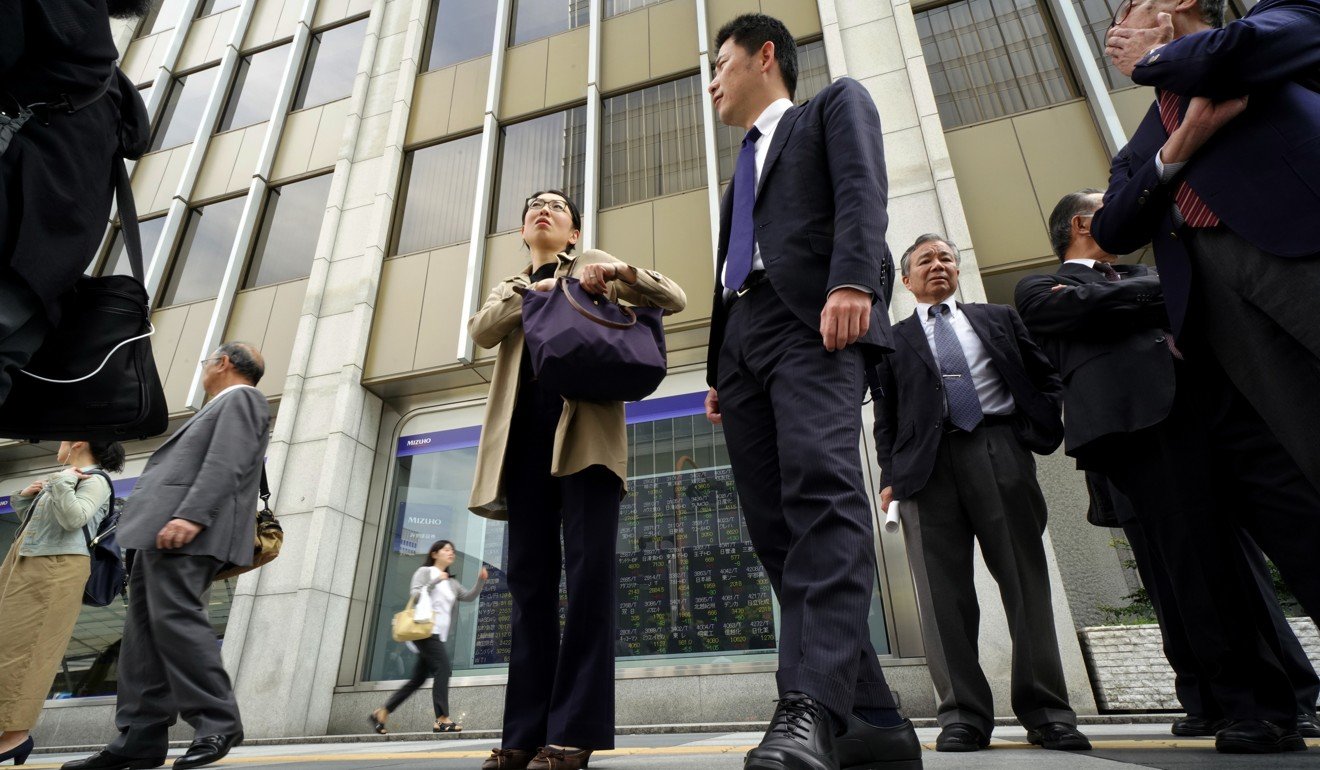
Currency market’s bet against the US dollar is getting riskier by the day
Neal Kimberley warns that the currency market’s aggregate short position on the US dollar is looking vulnerable, with the euro zone performing worse than expected and the latest US data reflecting economic health
There are almost 24 billion reasons why the US dollar could strengthen. Away from the weak Hong Kong dollar narrative, there is an even bigger story, one where the foreign exchange market has made a massive structural bet against the US dollar that looks increasingly stale and vulnerable.
By definition, such a trade is predicated on individual market participants’ views that mass investor opinion will judge that circumstances favour other currencies over the greenback. But circumstances change.
The currency market should think twice about the sustainability of this short US dollar position. It is becoming increasingly clear that the allure of alternative currencies, such as the euro in which much of the CFTC’s aggregate short US dollar position is concentrated, is fading even as reasons to justify US dollar strength re-emerge.

Against that background, it’s hard to imagine that the ECB would favour the euro, which was trading at 1.21 versus the US dollar at the end of last week, appreciating further.
Indeed, “if the recent [euro zone] data weakness turns out to be more protracted”, Stephen Li Jen of London-based Eurizon SLJ Macro wrote on Thursday, “we should expect the ECB to react by postponing the timetable they have forward guided. EURUSD could trade back down to 1.15 or so.”
That would entail a world of pain for those stuck in a long euro/short US dollar position.
Elsewhere in Europe, the Swiss National Bank still views the franc as highly valued and, as the bank’s chief Thomas Jordan reiterated on Friday, will continue to pursue its ultra-accommodative monetary policy and remains willing to intervene in the foreign exchange market if necessary.
Meanwhile, over in Asia, there’s arguably not a lot currently going for the Japanese yen.
With the Bank of Japan still sticking to its own ultra-accommodative monetary policies, and with higher US yields available, a number of Japan’s life insurers are now contemplating boosting their exposure to US dollar-denominated bonds on an unhedged currency basis, a process that would lend itself to yen weakness, not strength.

And no one should be under any misapprehension about that latter prospect.
The Fed will also have noted that Monday's release of its own preferred measurement of inflation, the core personal consumption expenditures index, showed a 1.9 per cent jump in March year on year, up from February's 1.6 per cent rise.
The harsh reality is that the costs of shorting the greenback seem set to rise further, even as the arguments for doing so appear less compelling.
With the attractiveness of other currencies arguably lessening and US monetary policy set to tighten further, the currency market feels short and caught with its aggregate bet against the US dollar. The foreign exchange market may have to buy US dollars, whether it likes it or not.
Neal Kimberley is a commentator on macroeconomics and financial markets

